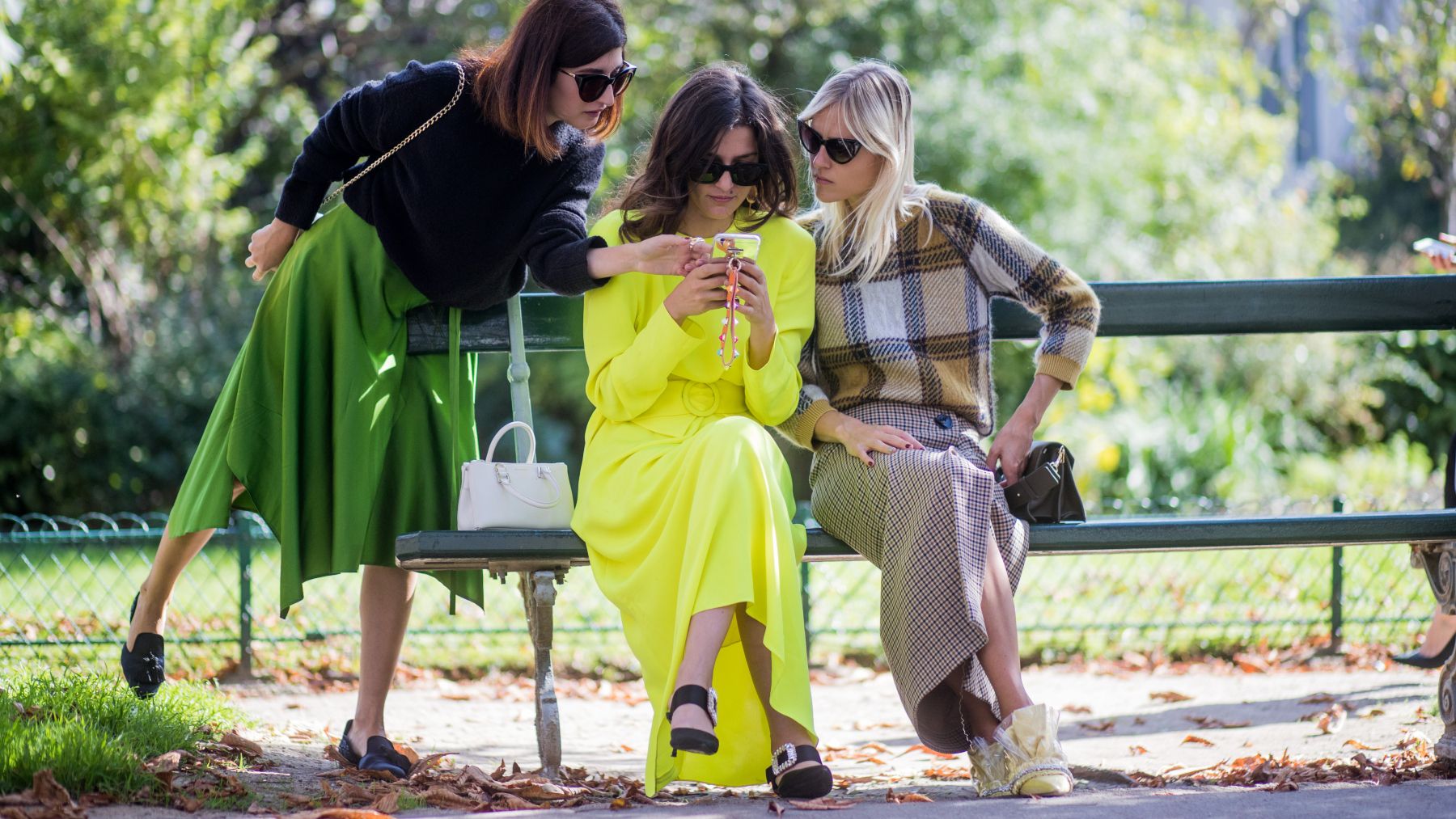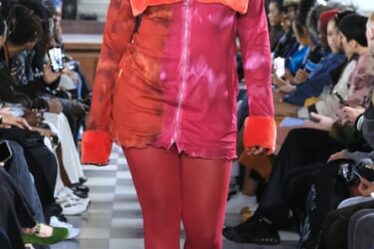
Marketers are entering 2023 in a gloomy mood.
The year ahead will undoubtedly see budgets shrink as companies worry about a potential recession. With every advertising dollar spent more precious, tactics that quickly drive sales tend to take priority over efforts that strengthen a brand over the long term.
“Most marketers are looking to hold onto their dollars a little bit longer than they had in the past,” said Vic Drabicky, founder and CEO at agency January Digital. “That can be okay, but where it becomes an issue is if they hold on so much that they don’t ever test anything new.”
To succeed while placating the finance department, experts say marketers should focus on maintaining a balance between performance marketing (typically short-term efforts in which brands pay based on a campaign’s measurable results) and brand building (longer-term projects that are not as directly tied to sales, but are fundamental to a brand’s overall image and reputation with consumers). In times of trial, marketers often face pressure to focus on the former at the expense of the latter.
But it is possible to need to balance immediate realities while still ensuring success and consumer resonance well after the current period of economic uncertainty has faded. A diverse channel mix is key – the hunt for the next Instagram will continue in 2023. So is smart use of organic marketing: finding ways to get people to talk about your brand without paying them.
“The brand needs to be cohesive throughout all the channels, and we need to be basically everywhere where the consumer is,” said André de Sá Bessa, brand director at luxury creative agency VMGroupe.
A Balancing Act
The days of social media as a sure-fire, cost-effective way to drive sales are long gone. While still a key tool to get a brand in front of customers, companies that relied too heavily on the channel are now struggling with rising costs and waning returns. Valuations of many fashion start-ups that followed this model plunged in 2022.
Continuing to invest in those longer-term, brand-building strategies should remain a priority throughout the year, no matter the external circumstances.
But in an economically turbulent year, the need to use marketing in part as a sales-driving tool is undeniable. To do so, marketers should redouble efforts to expand their concept of performance marketing beyond social media and digital display ads. That means incorporating tried-and-true channels like direct mail and out-of-home as well as newer ones, like Netflix, which began offering ads for the first time late last year. The cost gap between these channels and social media is narrowing amid growing questions about the effectiveness of the latter.
On social media, influencers who can provide tangible evidence of their conversion power will be attractive partners to brands looking to mimic the results they once found with Instagram ads. The ideal is a long-term relationship with ambassador who has a loyal audience and the metrics to prove their ability to drive sales, said Stephanie Sandbo, VP and head of brand partnership at creator monetisation platform and shopping app LTK.
Sandbo said that where in the past influencer marketing was more art than science, now, ”you’re able to actually ask, ‘If I put a dollar into this particular creator, what am I going to get back out of it, and what product is that influencer driving?’”
Telling a Good Story
Brands should approach Instagram, TikTok and the rest as a way to cement their reputation with consumers and build loyalty, rather than primarily as a means to generate sales. That may mean adjusting the definition of a win on social media and looking beyond cost per acquisition to softer measures, such as evaluating a campaign’s success more from a creativity standpoint than a purely financial one.
“Stop pushing all your products, use it as a way to allow consumers to live in your brand universe,” said de Sá Bessa.
Doubts about the effectiveness of traditional social media advertising also creates a window for the fashion industry to flex its creative chops to earn consumer attention. Moments like J.Crew’s fall campaign featuring style icons like Diane Keaton can both provide a sales bump for a new collection and generate conversation around the brand, which may provide benefits in the long-term.
“Moving to a more balanced approach is just phenomenal for the fashion industry, where we have such wonderful creatives, beautiful product and absolutely excellent stories to tell,” said Drabicky. “The idea that we can be a little less algorithmic in our marketing approach, is just such an opportunity.”
Brands are investing in creating non-ad content for their own social media channels and websites to keep consumers interacting with brands for a longer period of time without paying ad costs.
Gabe Miller, Americas president at brand consultancy Landor & Fitch, predicts that opportunities that allow brands to bridge physical and digital experiences will ramp up in 2023, with more brands experimenting with pop-up stores or experiential activations that include a digital or community component. Louis Vuitton’s 200 Trunks, 200 Visionaries exhibition, for example, provided ample social media content for the brand, and incorporated a gathering space called “The Workshop” as well as a restaurant.
Few brands can mount a campaign on the scale of Louis Vuitton. But companies of all sizes should seek to find ways to maintain and grow consumer excitement in a way that feels true to their ethos and image, even in a tough environment.
“Smart and strong CMOs really need to be able to balance marketing budgets and maintain a strong brand presence, no matter what the economic outlook is,” Miller said.



